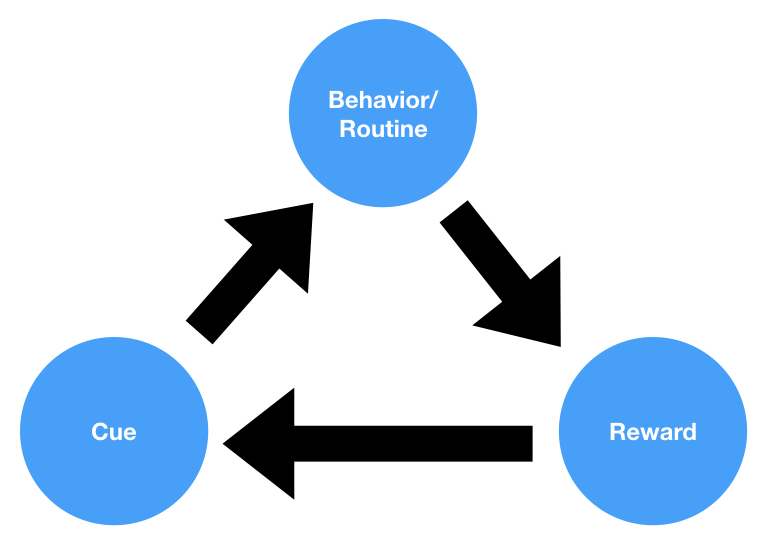What is the COM-B model?
The COM-B model is a theoretical framework used in behavioral science to understand and analyze behavior. The name “COM-B” stands for Capability, Opportunity, Motivation, and Behavior, representing the essential conditions required for a voluntary behavior to occur.
How does COM-B model work?
The COM-B model operates as a behavior model within the framework of Behavioral Design to analyze and influence behavior. It integrates three essential components: Capability, Opportunity, and Motivation. These elements interact to lead to the execution of a specific Behavior.
-
Capability
This relates to both physical and psychological abilities that enable an individual to perform the behavior, such as having the necessary skills and knowledge.
-
Opportunity
This includes external factors that make the behavior possible or prompt it, considering environmental context and social influences.
-
Motivation
This involves all brain processes, reflective and automatic, that energize and direct behavior, like intentions, beliefs, emotions, and habits.
COM-B model examples
The COM-B model can be applied to various contexts to design interventions that influence behavior change. Here are some examples:
-
Healthcare
Designing interventions to promote healthy eating by enhancing knowledge (Capability), creating supportive environments (Opportunity), and encouraging positive attitudes (Motivation).
-
Education
Implementing strategies to improve student engagement by improving teaching methods (Capability), facilitating collaborative learning (Opportunity), and nurturing intrinsic motivation (Motivation).
What are the benefits of COM-B?
The COM-B model offers a comprehensive and versatile framework for understanding and changing behavior. Its benefits include:
-
Systematic Analysis
It provides a systematic way to analyze behaviors and understand the factors influencing them.
-
Guides Intervention
Helps in designing effective interventions tailored to specific behaviors.
-
Applicability
Its flexibility allows application across various fields and contexts, making it a valuable tool in behavioral science.
What are the three layers of behavioral change?
In the context of the COM-B model and behavioral change, three layers represent the interconnected aspects of the model, the intervention functions, and the policy categories. These layers provide a holistic approach to understanding and implementing behavioral change:
-
COM-B Model
The innermost layer representing Capability, Opportunity, and Motivation, which directly influences Behavior.
-
Intervention Functions
The middle layer that outlines strategies to address the components of the COM-B model.
-
Policy Categories
The outermost layer that identifies high-level policy and environmental strategies to support the intervention functions.




